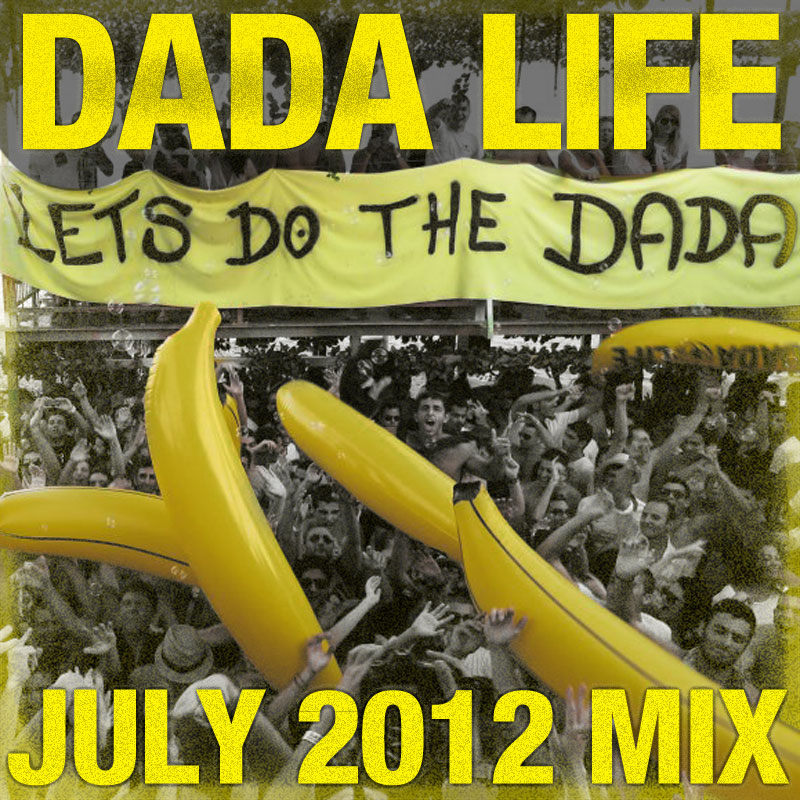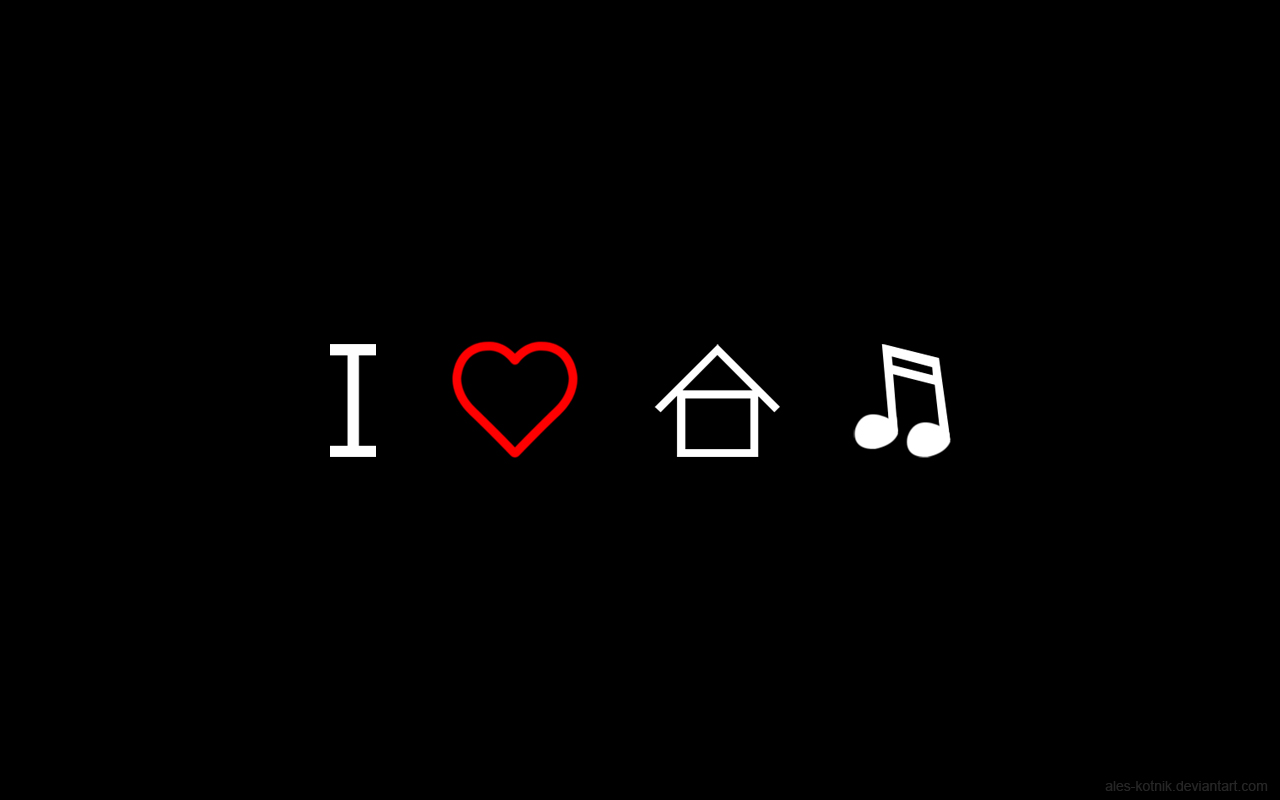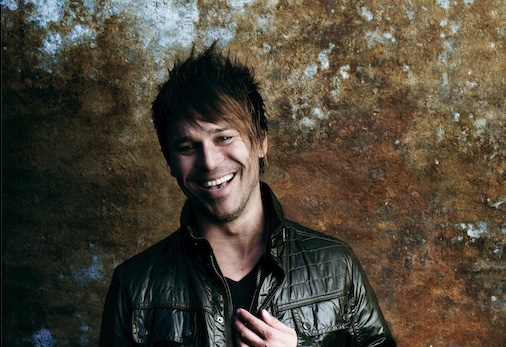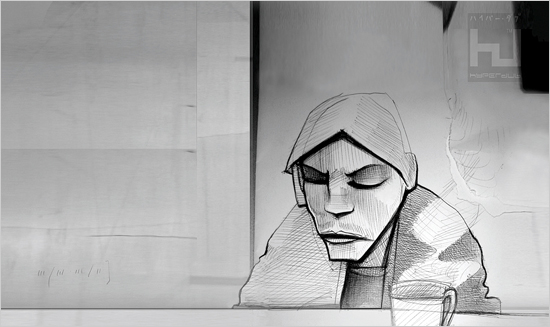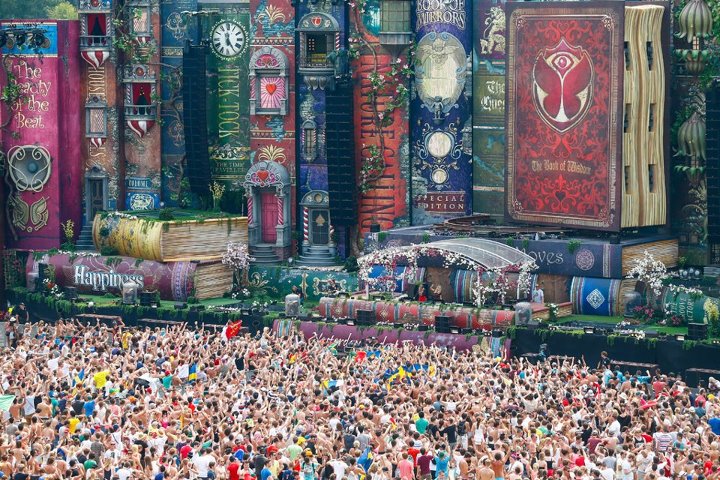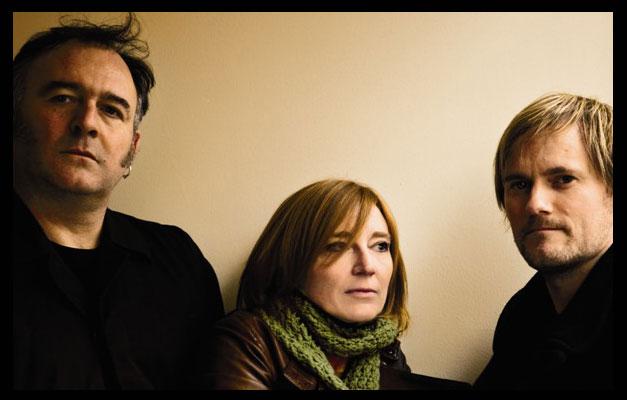I have no doubt that EDM is the music of now. Older paradigms have come and gone: orchestral music dominated the scene for most of recorded musical history; rock had its heyday from its inception in the late 1940s; and hip-hop enjoyed dominating charts and minds for four decades during a particularly tumultuous time in recent social history, renowned for its provocative rhymes and edgy styling. While music movements don’t “fade out,” as it were, they do tend to be obscured by the next evolution in style—and, for our times, EDM is undoubtedly the perfect example.
Perhaps the most significant musical evolution in human history occurred in the twentieth century. With great homage owed to technological evolution allowing the transmission of thoughts, ideas and sounds rapidly over great distances, musical experimentation exploded—never before was there such a meteoric explosion of new styles making their way onto the musical landscape. The first stylistic shift came from orchestral music, with the introduction of modernist thought in music—gone were the rigid, uptight fugues of baroque and the elegant and sweeping tributes to human emotion of romantic, abandoned instead for unusual composition techniques such as atonality, microtonality, and new, unconventional song structures.
Evolving with the help of newfound technologies like radio and rapid mass transit, rock synthesized elements of blues, gospel, and jazz to create this exciting—and frequently controversial—music style in the 1940s and 1950s. Lauded by youths for its energy and spirit of rebellion—and, indeed, evolution—rock and roll was often looked down upon by older members of the community, arguing that it incited corruption and lewd behavior, though this is purely a social prescription.
Even later on, the musical paradigm shift of classic hip-hop integrated issues of racial tension and the prevalence of New York gangs into a diverse and socially-oriented musical style. In fact, EDM owes a lot of its current bag of tricks to hip-hop: mixing, turntablism, and sampling were first developed as necessities for hip-hop DJs to mix funk beats with rap vocals. Hip-hop’s wide popularity throughout the world helped to spur the evolution of electronic music in general: with the growing indispensability of non-acoustic instruments and equipment being required to produce hip-hop, audio production companies found it profitable enough to create more and more advanced technology, manipulating sound in ways never done before—think of early drum machines and synthesizer pads. These pieces of technology aided in the development of techniques now used in EDM.
Like all these other movements before it, EDM is a logical progression to, and conclusion of, a long history of musical evolution. EDM has the distinction of being placed strategically in a subtle yet revolutionary moment in human social evolution: the transition into the globalizing postmodern world. Postmodernism can be a difficult term to describe; the most accurate definition is “a rejection of modernism,” but even that is nonsense if modernism isn’t defined. In the simplest terms, postmodernism is the rejection of “absolute truth,” and individual interpretation being the only true—and subjective—experience.
EDM is a perfect representation of this philosophical movement. The huge diversity in EDM styles—thanks, in no small part, to massive advances in audio technology development allowing for hundreds of millions of sound permutations combining into a single track—allows each individual to select favorites from a large pool of options. Not only that, but the music is easily interpreted to be whatever the listener wants: frequently, EDM is found without vocals, which leaves the duty of ascribing emotionality and musical depth up to the audience, rather than the producer; and there are varying levels of involvement in the EDM scene, from bedroom listener to rave-goer to world-famous DJ. Never before in any musical movement has there been such an incredibly diverse range of choices available to the fan, in nearly every aspect of the subculture and the music itself.
Beyond that, EDM also reflects the technology of our postmodern, globalizing world. Techno, in particular minimal techno, has nailed down the hyper-futuristic and machine-oriented way our world feels. Take, for example, David Amo and Julio Navas’ recent single Sinus. The kick is deep, dark, and undulating, mirroring the steady pounding of feet on city sidewalks or the thud of the bass at the house party down the street; the pops, clicks and whirrs of the percussion mirror our cell phones, our personal computers, our lust for constant communication and information; the melody is a minimal, unsettling set of two tones, bouncing back and forth without any development or resolution, so incredibly different from the sweeping emotionality of past musical movements. Even the violin is dehumanized: the cold, shrill, unbreaking tone, distorted and fed through innumerable filters, comes out at the end as a sneering, bastardized, mechanistic representation of the instrument that was once celebrated as the emotional core of orchestrated music. This is music for our times: it’s for people who are more commonly referred to by numbers than names; for people numbed by the corporate lifestyle and urban living; for people who find deep solace in the gentle, constant pounding of the kick drum, steadily driving them into a blissful trance.
Sinus (Original Mix) – David Amo & Julio Navas
Of course, beyond techno, there’s house and trance, making up for techno’s nihilism with soulful humanity and over-the-top emotional expression, respectively. This is also where the concept of the rave comes into play: constantly beat down by an uncaring and demanding society, the rave is a venue through which marginalized individuals find community and love through mutual interests and understanding. Drawn together through the primal need to express oneself through movement and launched into situations of incredible modernity—featuring impressive light and sound displays—ravers strip away the bonds of society and find freedom and individuality as a community. Yet this is not a new phenomenon: throughout human history, people have come together to celebrate and ritualize through music and dance—but the rave is a uniquely postmodern interpretation: people cut familial ties and join into a global family, unconstrained by unchosen relations.
But even the bombast of house and trance are still signs of the times: futuristic synthesizers, tightly-packed busy beats and percussion, repetitive emotional melodies, and passionate singers offer perfect ways to deliver the prepackaged, one-size-fits-all human feeling of the cold and impersonal postmodern world. Nothing makes my spirit soar like a perfectly produced progressive house track, chock full of shimmering synthesizers and subtle emotional builds—these sounds are so inhuman, so far removed from the piano’s original intent, and yet they still remain tightly joined together with the cathartic experience that notes and rhythm in sequence have provided humankind. Perhaps BT put this sentiment best in his album title Emotional Technology: two words that seemingly form a paradox, yet, upon closer inspection, are related with incredible intimacy.
EDM is not the first highly original form of music, and it most certainly won’t be the last—as insightful as it is to trace the inception of any given musical movement, it’s still impossible to peek into what the future might hold. For now, however, I’m satisfied with where EDM is at—it’s a mark of the zeitgeist, a unique perspective and commentary on where we’re at and where we’re headed. And while EDM may not be around forever, I’m going to celebrate where it’s at now—and continue to be excited for where it might go.



